It’s very easy to be excited about all the new photographic opportunities when one is traveling, but sometimes it becomes much harder to feel inspired in the city where you live. At some point, you feel like everything is pedestrian and already seen, you see it every day after all! But there’s more to the character of a city than just the usual street photography shots and the landmark locations. Sure, everyone has seen and photographed the Space Needle, everyone has looked for the typical cityscape, and thousands upon thousands of photos are taken daily in the Pike Place Market.
A sudden inspiration
It had been a while since I had gone out into my own town with camera in hand and a real intention to shoot a roll of film, but a few days ago, I happened to walk out into the International District area of Seattle when some of the most gorgeous afternoon light happened to be streaming down from in between some clouds. Now, you’ve got to remember that here in Seattle we get around 200 days of cloudy skies so the sun is always a welcome novelty, especially when it’s one of those soft golden light days. On that particular day, a misplaced glass bottle caught my eye, not because it was very interesting in and of itself, but because the light at that moment happened to just work.
It made me start noticing these small little vignettes and still lives that are part of the experience of living in the city. They go mostly unnoticed through becoming part of the usual background, but this bottle inspired me to go home and grab a camera and pay more attention to those small details; to try to find some beauty and interest in the mundane everyday scenes that I walk by every day.
I decided too, to try to turn this into a full project, to try to capture a more intimate portrait of Seattle by walking through some of its neighborhoods doing this. I decided to dedicate a full roll to each neighborhood and I choose and keep the photographs simple, try to let the hidden aesthetics of the urban environment come forward. Perhaps these images will only resonate with those who enjoy city living, I don’t know, but it would be my hope, to maybe show to someone who doesn’t like dense urbanization, that there can still be beauty in this environment.
The results
Here are the images that I selected from this roll, I’ve also included a short text for each to describe the feeling or idea that I perceived for that image and why I decided to take it.
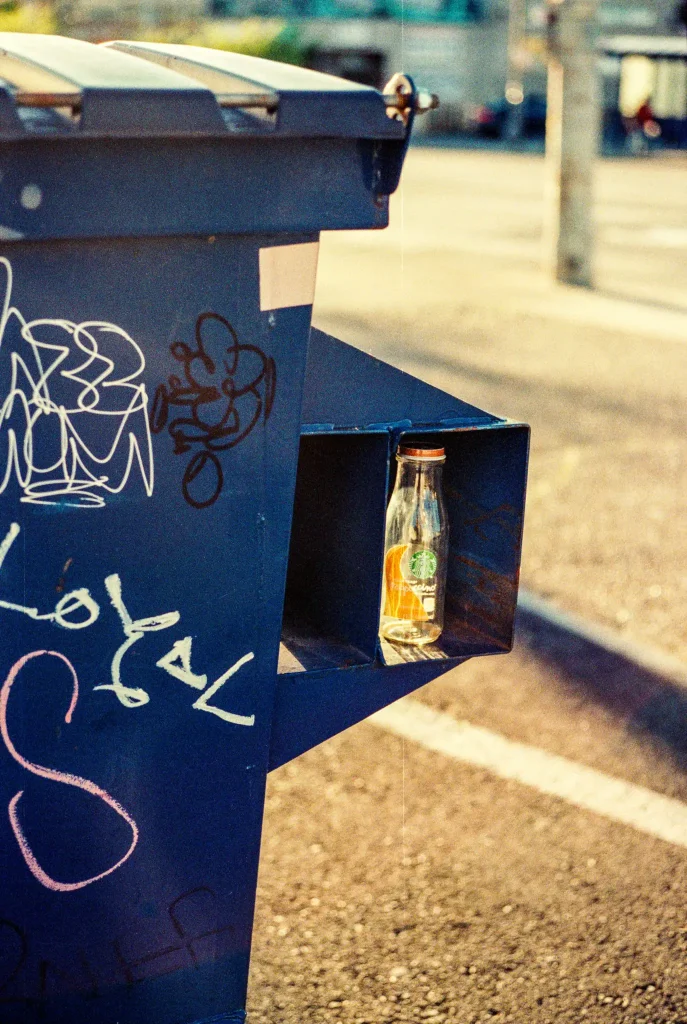
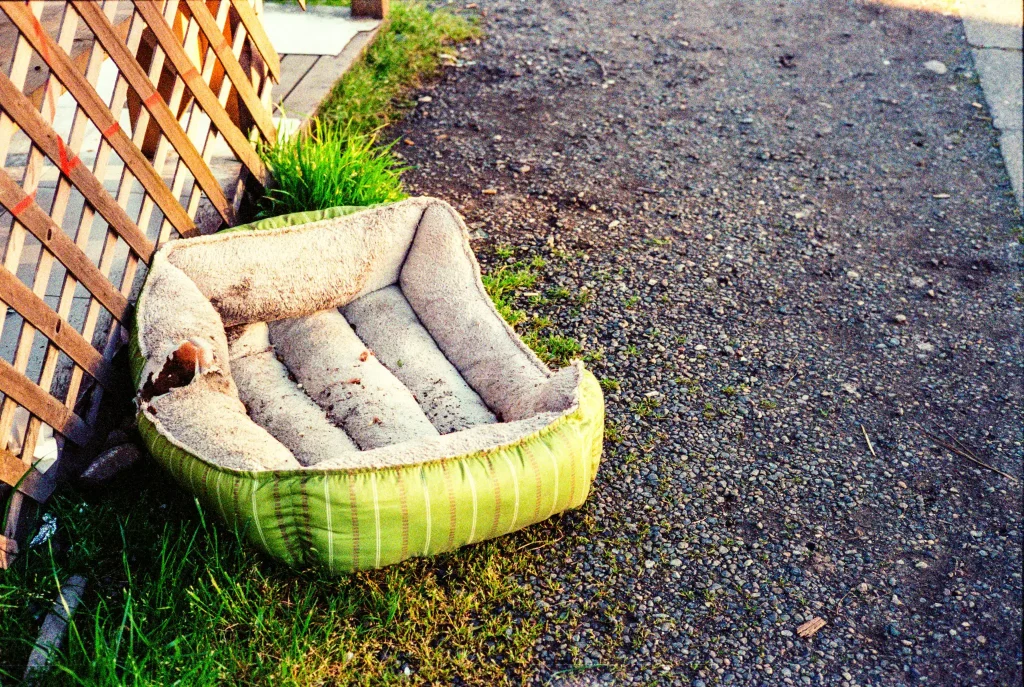
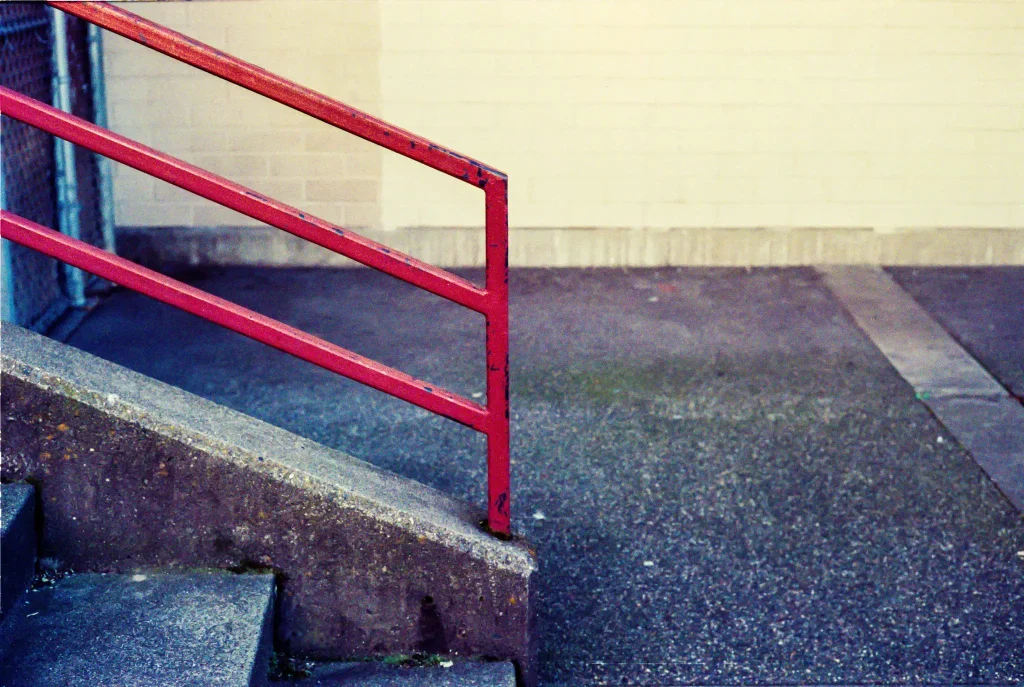
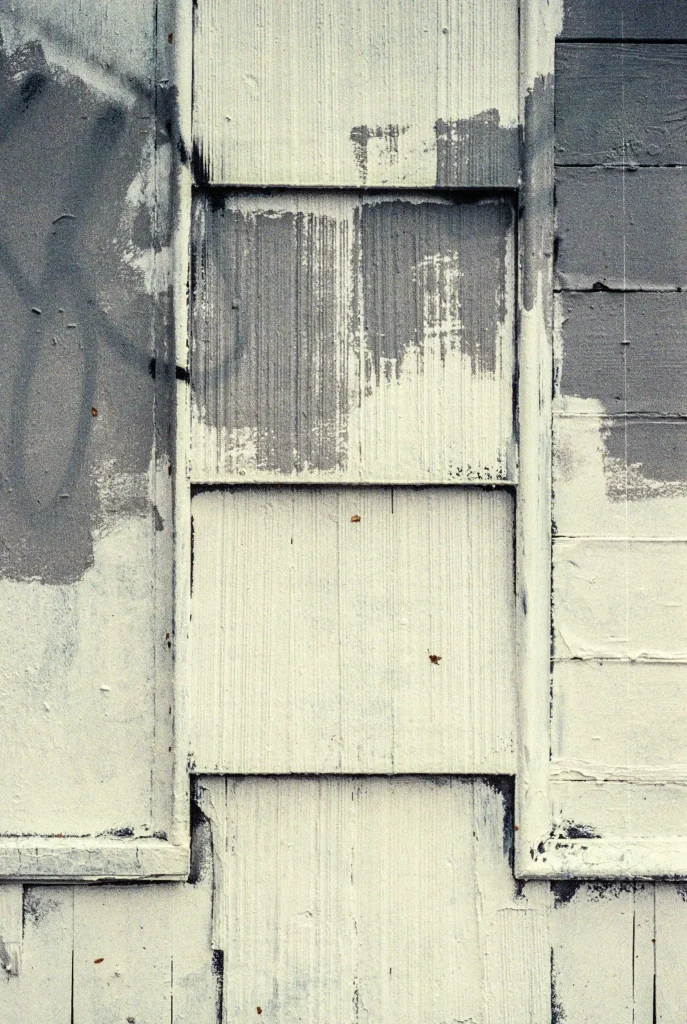
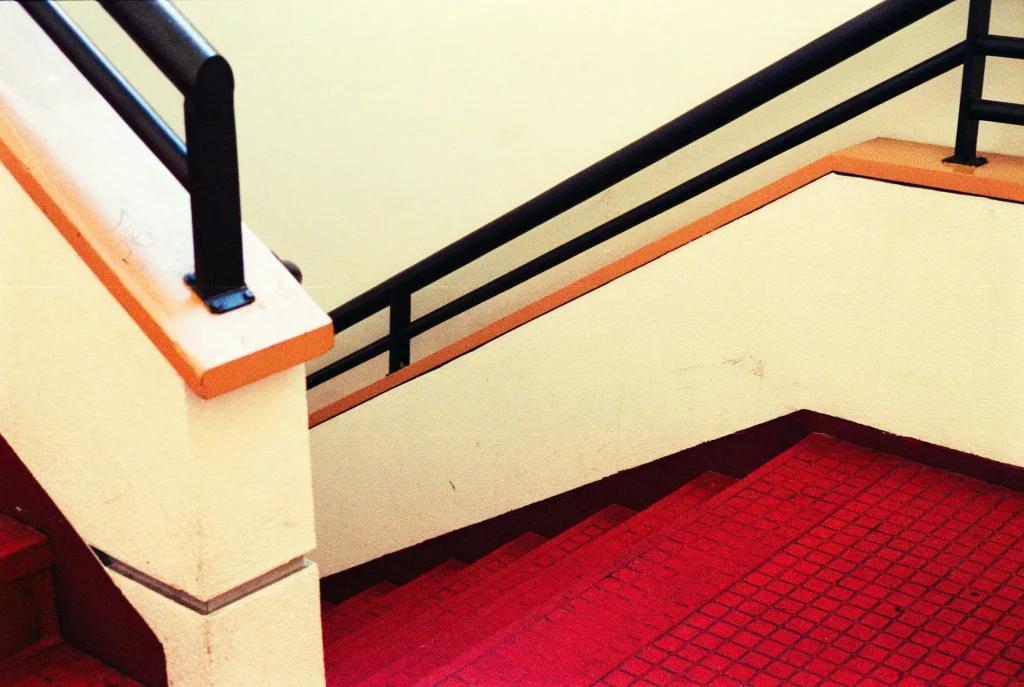
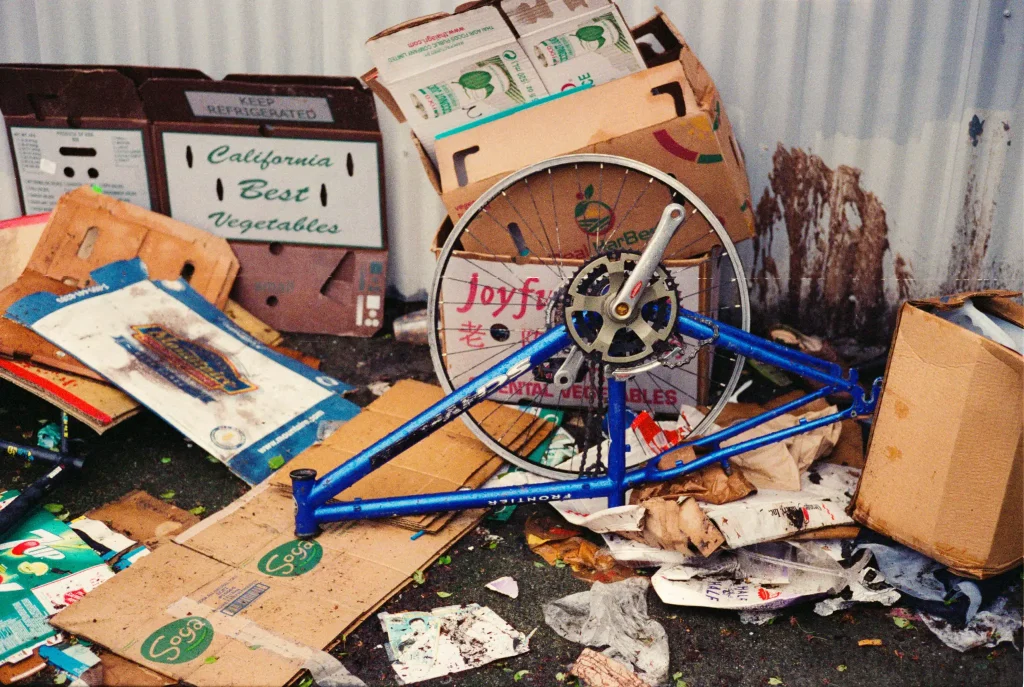
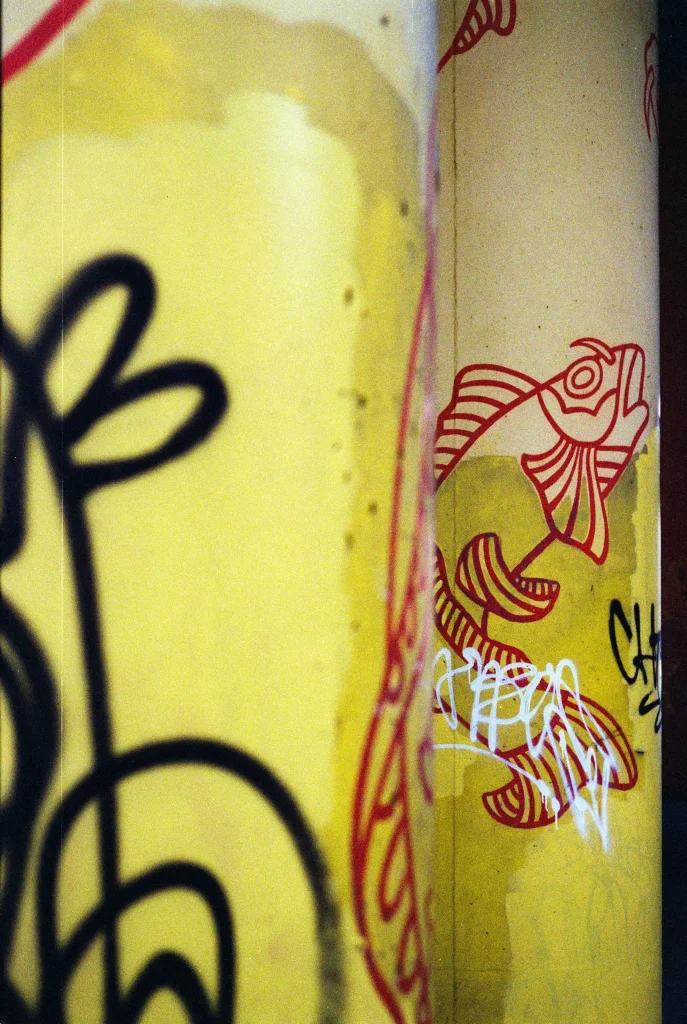
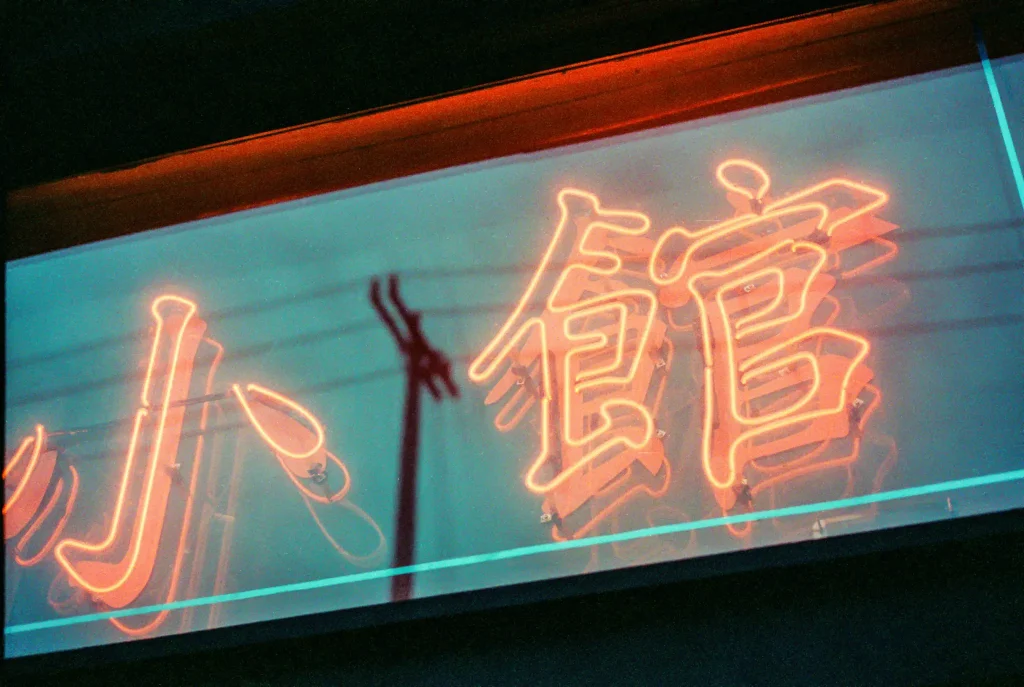
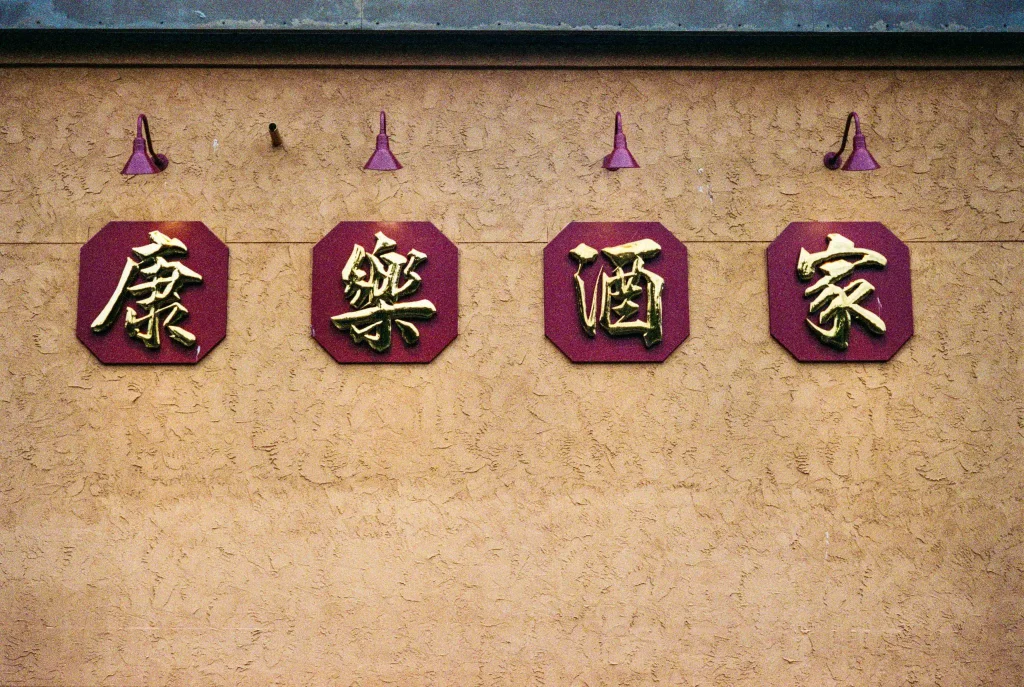
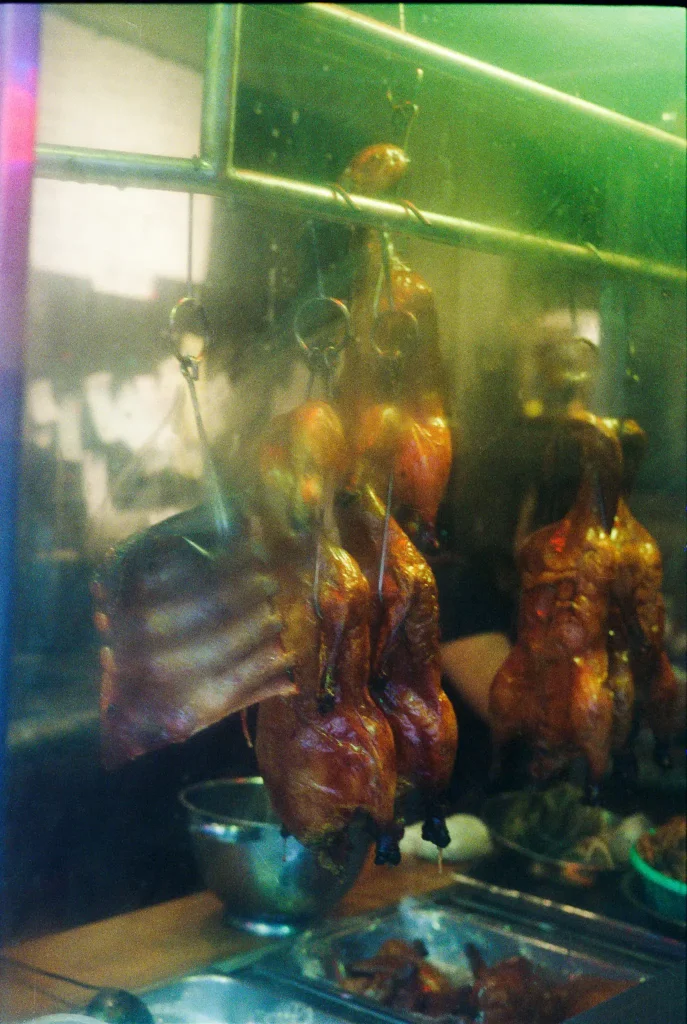
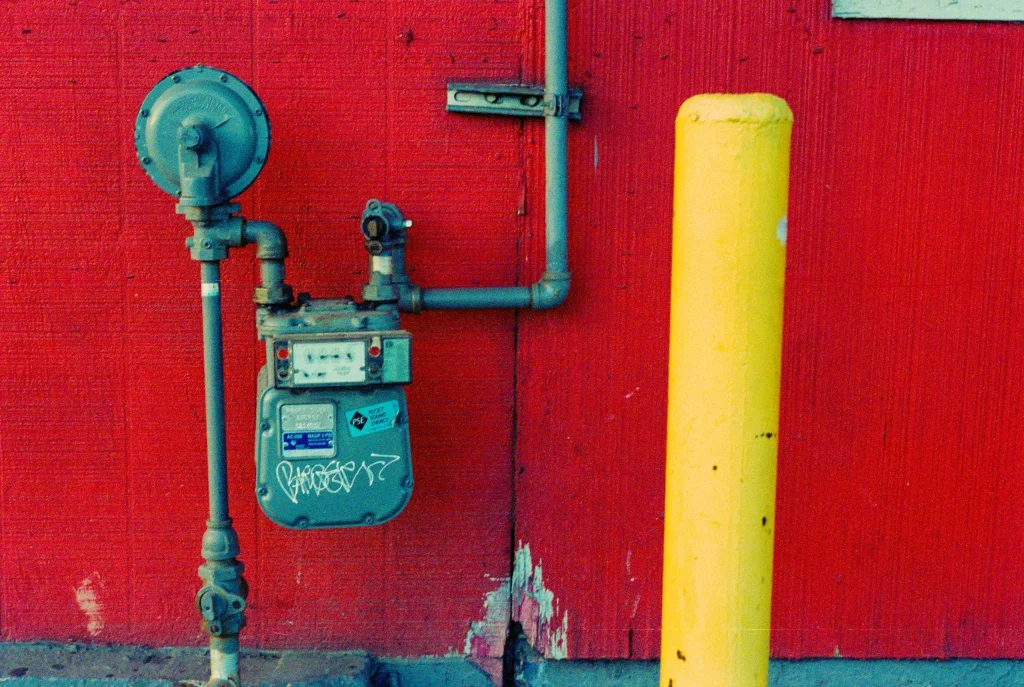
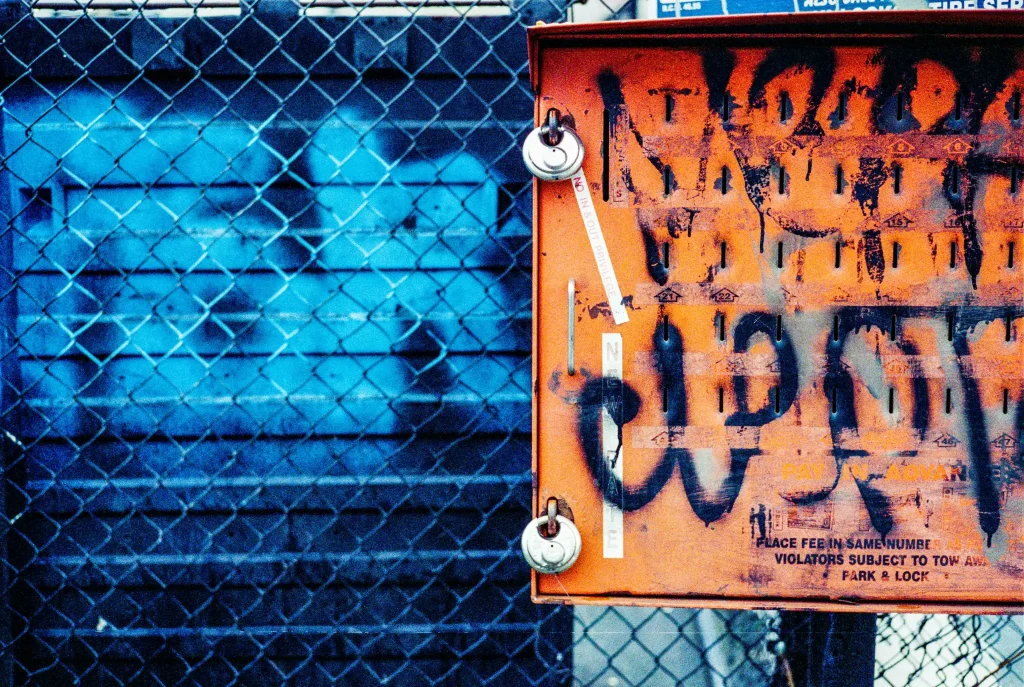
The technical details
I’ll give a few technical details because I know some people will want to know and as much as we all know that it’s the photographer and not the gear, we all also love to talk about gear, so here goes.
All these shots were taken using a Leica M7, with either a 35 or 50 Summicron.
For film, I chose the Lomography F2, one of those odd special edition films that they sometimes come out with, I wanted a film that would go well with the urban aesthetic and I figured Lomography would do the trick. I like the film overall and it seems to have decent latitude if perhaps a bit more grain than would be expected for a 400 speed film.
There was also a slight green cast on most images that I corrected with some simple color balance adjustments in Lightroom. In a few of the images I also added a bit more contrast since the resulting negative is somewhat flat (this does give you overall more room to play since it means both shadows and highlights keep good amounts of detail). The green cast wasn’t all that terrible and it does seem to make the green tones in images really pop (like the blades of grass in picture number 2).
I hope you enjoy these images, and perhaps some will inspire you to stop and look around, and find some time to look more closely at your cities every now and then.
SaveSave
Share this post:
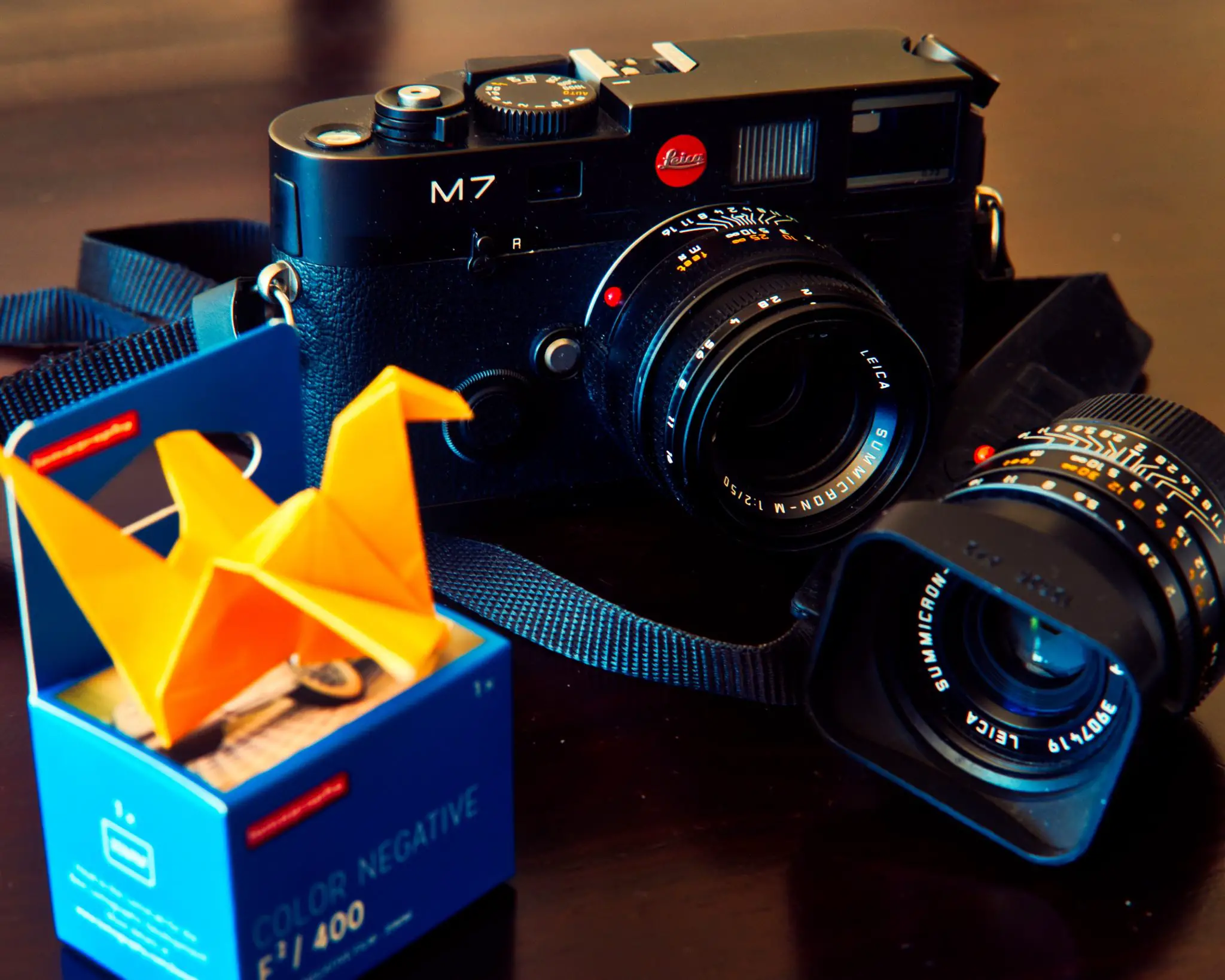








Comments
Tobias Eriksson on Finding details in the city: part 1 – International District – Guest post by Carlos Argott
Comment posted: 10/08/2017
Finding details in the city: part 2 - Georgetown - Guest post by Carlos Argott - 35mmc on Finding details in the city: part 1 – International District – Guest post by Carlos Argott
Comment posted: 27/10/2017
Barnaby Nutt on Finding details in the city: part 1 – International District – Guest post by Carlos Argott
Comment posted: 19/07/2019
Comment posted: 19/07/2019